Remembering Miles Gilbert
Nov 28, 1942 – Nov 21, 2023
feature By: Leo J. Remiger | April, 24
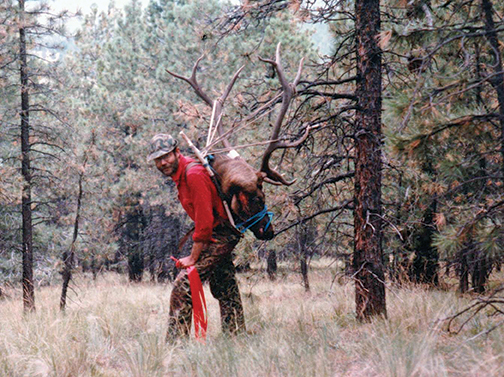
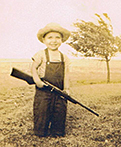
“Folks were married in 1929, just before the stock market crash which didn’t really affect them because all their stock had hair and hooves. His mother raised chickens and sold eggs for six cents a dozen. They lived on the Prairie Dog Town Fork of the Red River, about 30 horseback miles from Amarillo.”
When Miles mentioned that he had been diagnosed with Myelodysplastic Syndrome, a medically incurable bone cancer, I began to ask him questions about his professional life and tried to convince him to write an autobiography or at least record stories from his life. I’ve known and corresponded with Miles since 1985, but we always spoke of our various hunting trips, buffalo hunting, buffalo hunters and buffalo guns. Neither of us shared much about work or family.
In one of our many gun conversations he mentioned that he began shooting .22 RF in the basement of Lawrence Junior High School in 1957, without hearing protection and continued this practice for years; even when shooting his personal carry gun, a short-barreled Smith and Wesson Model 19.
Regarding the above photograph of Miles with his first elk he said:
“My first Arizona muzzle-loading elk shot head-on at 22 yards. I personally butchered 360 pounds of meat off it! Took six trips to get the elk to the truck. My back was out for weeks. Recall the .72 caliber smoothbore Dixie Cape single barrel percussion?”
Miles obtained his BA in Anthropology in 1965, from Kansas University, his MA in 1968, in Archaeology from Kansas University in 1968. He obtained his PhD in Forensic Anthropology from Kansas University in 1971. Miles obtained his Post Doctorate in 1973, from the Smithsonian Institution and his most cherished degree, MS Ministry, from Pepperdine University in 1991. These various degrees provided a multitude of options and opportunities for Miles over the years.
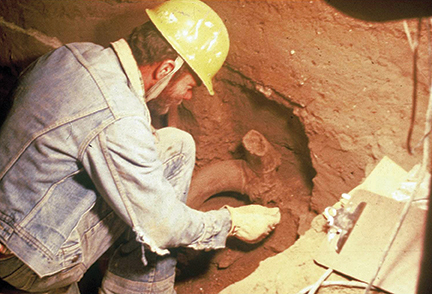
When I asked about other jobs or excavations he had been involved with he replied:
“When I was 22 years old I excavated an Arikara child with a 1760s-era British flintlock pistol at the Leavenworth site (so named because he had shelled the village in 1826) on the Missouri River in South Dakota. One of the adult burials had a Jefferson Peace Medal with it! I also excavated the skeleton of an adult female with a Knife River (North Dakota) chert arrowhead in her eye socket.”
Archaeology survey on Sheep Creek:
“Did I tell you that I did an archeology survey on Sheep Creek on the east side of the Bighorns not far from Story, and on the Greasy Grass just upstream from the Cheyenne camp? I found an empty .40-70 Sharps Straight case on Sheep Creek, and I felt a heavy spiritual presence on the Greasy Grass.”
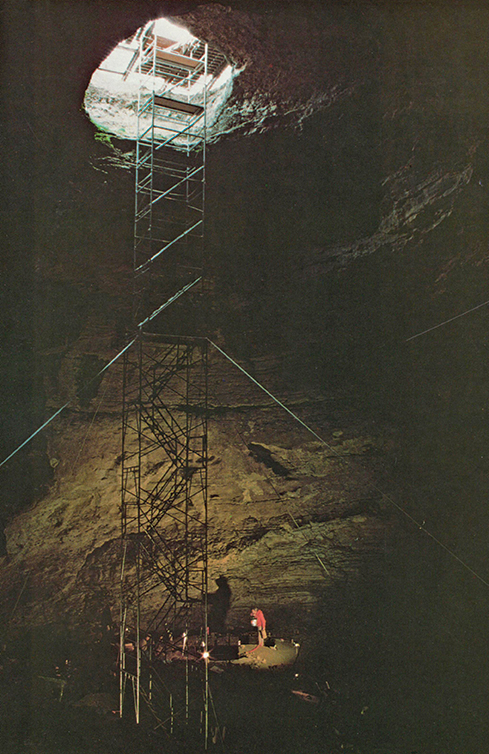
“I spent 10 summers excavating Natural Trap Cave on the west slope of the Big Horns in Wyoming and the high background radiation (Radon gas) probably instigated the blood/bone cancer. But as you see from the publications we got, it was very interesting. We built a scaffold to access the floor and that was exciting and dangerous. The bighorn sheep I’m excavating in the photo was below a volcanic ash that was 100-110,000 years old, so it was in the Sangamon Interglacial stratum.”
Excavating in Guatemala:
“I excavated in Guatemala to establish the cultural sequence from pre-classic Maya to Spanish contact. The earliest burials were extended and face down. Next were sitting, tightly flexed. Then before Spanish contact, they were placed on scaffolds like some of the Plains Indians did, then after the bodies rotted the bones were gathered and placed in huge funerary pots, so you might have thought that they had been cannibalized. Nope.”
Excavating in Peru:
“The Peruvians I saw at 16,000 feet were short and had huge chests. We took the train from Lima over the mountains to Huancayo. Did not get to Machu Picchu. The 8-10,000-year old coastal skeletons had huge lacrimal ducts. I wrote about their anterior femoral curvature. Yes, the Peruvians share external eye folds and shovel-shaped central incisors with others who came from Asia way back.”
Miles published two books before Getting A Stand. The first was Mammalian Osteology. The second book was Avian Osteology with co-authors Janet L. Griffitts, Larry D. Martin and Howard G. Savage.
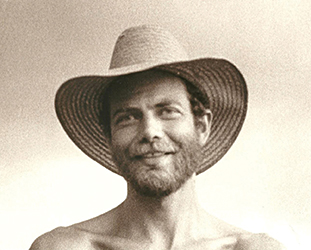
I have no idea how many professional articles he had published, nor how many articles on guns and hunting he has published over the years, but every single one that I have read I have enjoyed without exception.
When we talked about guns, I always presumed that one of his favorites would be a Model ‘74 Sharps of some sort, but:
“One of the coolest guns I’ve owned was a Tombstone Fox Barnett flinter I got from a black powder enthusiast at Hoback Junction, Wyoming. Charley Hanson at the Museum of the Fur Trade said it was the earliest dated (1808) Tombstone Fox Barnett that he had seen. Would I donate it? Noooo.”
While doing surveys throughout the Southwest he often commented on the number of Carnation milk cans he would find at campsites:
“One of the historic artifacts I inventoried all over the Southwest was Carnation milk cans, which underwent evolutionary change with time. Those stamped PUNCH HERE on the end were in the decade 1942-1952.
“During the Depression, Carnation had a contest for folks to write jingles or slogans for advertising. My family joke was that mother wrote:
Carnation Milk, best in the land.
Comes to the table in a little red can.
“When Dad returned with the mail weeks later, the form letter she got had written on the bottom, “Your poem was too lewd.” She asked Dad if he had changed it? Yup. He had, it read:
Carnation Milk, best in the land.
Comes to the table in a little red can.
No tit to pull, no hay to pitch,
just poke a hole in the son of a bitch.
The last couple of months of emails from Miles were filled with anecdotes about his professional work, his hunting trips, and guns in general. Probably, my all-time favorite, is this one while he was an archaeologist for the State Archaeological Research Center in Rapid City:
“I did lots of work in Deadwood and the area. As a professional “bonehead’ I identified butchered cat and passenger pigeon bones from the site of “Chicken Louie’s” historic Chinese restaurant. I wonder if Wild Bill knew he might have been eating Felis domesticus? The passenger pigeon discovery was a range extension for that species. There was abundant evidence of opium use there and in Chinatown.”
Miles, you certainly left us too soon; you had so many more stories to tell us, which we will never hear or read with the clarity that only you could provide. God bless you, Miles; you have left a vacancy in our hearts that will never be filled.



